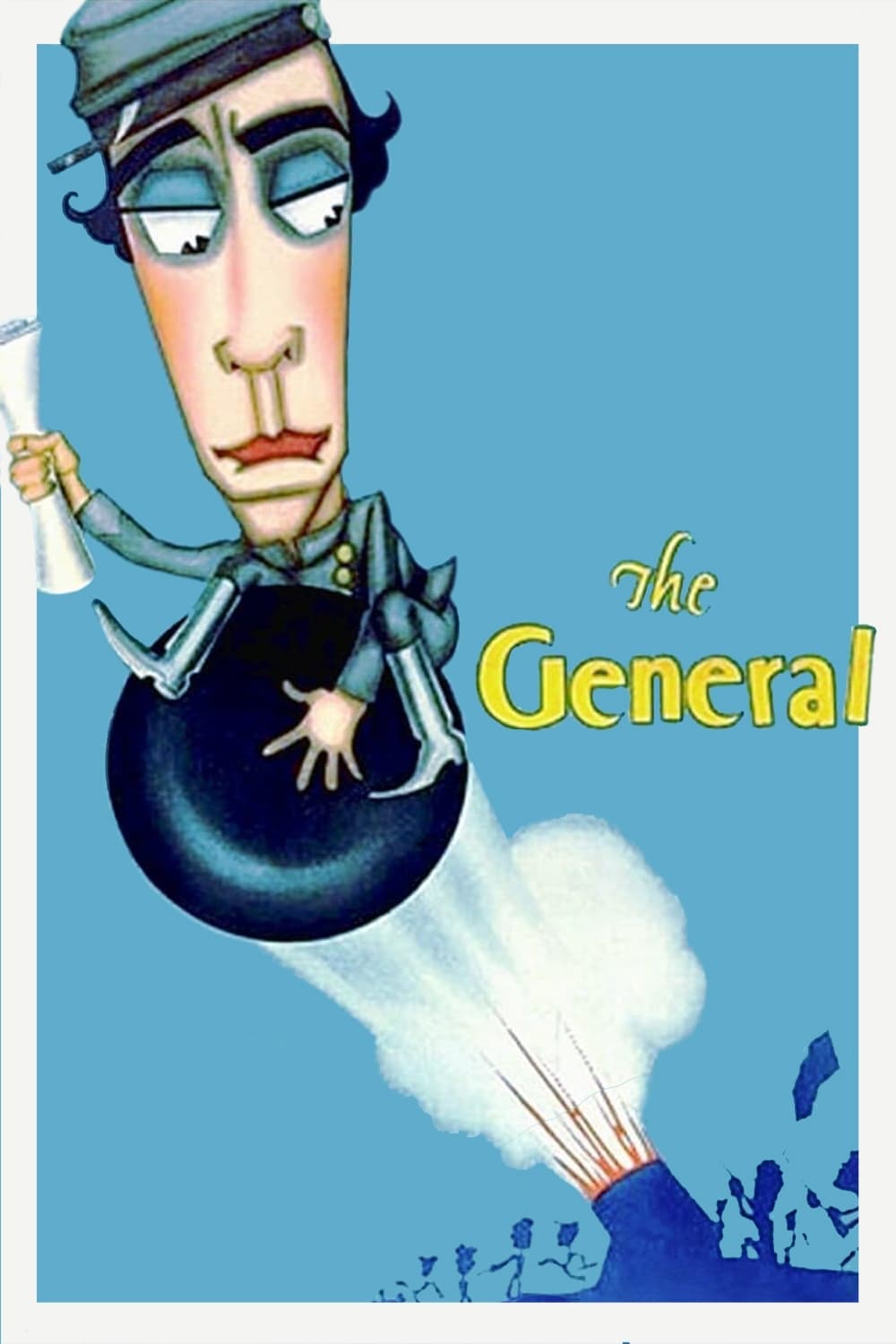
The General
1926
Rate this movie
Average: 0.00 / 5
(0 votes)
Director
The General is a kind of consecration for Buster Keaton as a filmmaker and comedic actor, and at the same time represents a true milestone in the history of comedy. The work indeed transcends the boundaries of simple comedy, rising to become a true manifesto of silent cinema, but also an archetype of the action genre and the man-machine relationship. Made in 1926, at a time when sound cinema was emerging with a roar that threatened to engulf the entire industry and condemn the stars of pantomime to oblivion, Keaton demonstrates with almost prophetic clarity that visual language, in its purity and completeness, is more than sufficient to tell complex stories and evoke deep and universal emotions, refuting the supposed "superficiality" of the silent seventh art. The film, set during the American Civil War, narrates the adventures of a locomotive engineer, played by Keaton himself with his celebrated impassivity – that "Great Stone Face" which became the stylistic hallmark of a character perpetually at the mercy of a chaotic world yet capable of ingeniously inventive responses – as he grapples with a group of Union spies attempting to steal his beloved locomotive. But The General is much more than a simple action film: it is an ode to machinery, a moving celebration of the symbiotic relationship between man and machine in an era of rampant industrialization; it is a subtly ironic exploration of the folly of war, military bureaucracy, and its absurdities; and finally, an analysis of human nature through the lens of a comedy that isn't afraid to verge on drama. Keaton, with his technical mastery and physical comedy, rooted in the perfection of pantomime and the almost mathematical precision of his movements, creates a narrative structure that continues to enchant and entertain audiences of every generation, confirming his genius not only as a performer but as a director. Indeed, the modernity of this film after a century remains striking, and with every viewing it still manages to captivate and fascinate, revealing new layers of meaning and technical virtuosity.
The story unfolds through the American Civil War, centering on a long and relentless pursuit between the protagonist and the Union spies, a narrative structure that anticipates modern thrillers and the "road movie" genre by decades. Keaton, in love with his locomotive, considers it almost a person, a faithful companion, an extension of his very self, and defends it with all his might. The "General" is not a mere prop, but a true co-protagonist, a living metaphor for resilience and devotion, so central as to be the namesake of the original title. The action sequences, choreographed with millimeter precision and achieved without the aid of digital special effects, but with incredible practical ingenuity, are a true masterpiece of cinematic engineering. Keaton speeds along the tracks, jumps from one train to another, escapes explosions and shootouts, all with a grace and comedic timing that make him a hero poised between gravity and patriotic passion, almost a railway Sisyphus who incessantly reclaims what is taken from him. The legendary expenditure of resources and personal risk taken by Keaton for these scenes culminated in the famous bridge collapse featuring a real train, one of the most expensive and spectacular sequences in silent cinema, which almost led him to bankruptcy but cemented his reputation as a daring perfectionist. But beyond the action, the film explores deeper themes, such as the folly of war, love for one's homeland, and the importance of manual labor and specialized expertise. Keaton, while inserting comedic elements that lighten the atmosphere, does not trivialize the tragedy of war, but represents it with surprising realism, imbuing it with a bitter irony that highlights the absurdity of human violence, recalling in some ways the subtle black humor that would permeate subsequent war films, from "Paths of Glory" to "M.A.S.H.".
Some action scenes around the tracks and the moving train are exhilarating, true mechanical ballets that demonstrate an innate understanding of physical laws and their comedic transgression. It is interesting to note how Keaton brilliantly resolves some technical hurdles, such as the cinematic rendering of the train's movement – achieved with the skillful use of perspective, moving shots, and calibrated action speed – or the protagonist's acrobatics during it, which combine the agility of an athlete with the precision of a watchmaker. The sense of plasticity and movement derived from it is truly impressive and demonstrates how Keaton was not only a great performer but also a talented filmmaker, a true precursor in controlling mise-en-scène and directing actors (himself included). The film is a complex work of art that combines elements of action, adventure, and drama, all complemented by an abundant dose of physical humor that is never an end in itself but functional to the narrative and characterization of the character. Keaton, with his ability to create visual illusions and master the camera, anticipates many techniques that would be used in subsequent cinema, from the construction of elaborate gags to the planning of complex sequences that require extreme precision of timing and movement. His influence is perceptible not only in the physical comedy of Jacques Tati but also in action cinema that prioritizes the concreteness of stunts and visual clarity over embellishments, a true paradigm of "less is more" applied to spectacle. A sad final note: the Italian title "Come Vinsi La Guerra" (How I Won The War) is once again totally detached from the original "The General", trivializing a fundamental and complex work. The original title not only refers to the locomotive, the true pulsating heart of the action, but also evokes, with its ambiguity, the contrast between the military authority embodied by the "General" and the unexpected and unconventional heroism of the individual, the locomotive engineer Johnnie Gray, who in his own way rises to become the "general" of his personal crusade. The Italian translation, besides being inaccurate, reduces the wide spectrum of interpretations to a simple, and rather didactic, war victory, completely missing the subtle irony and symbolic layering of the original.
Country
Gallery
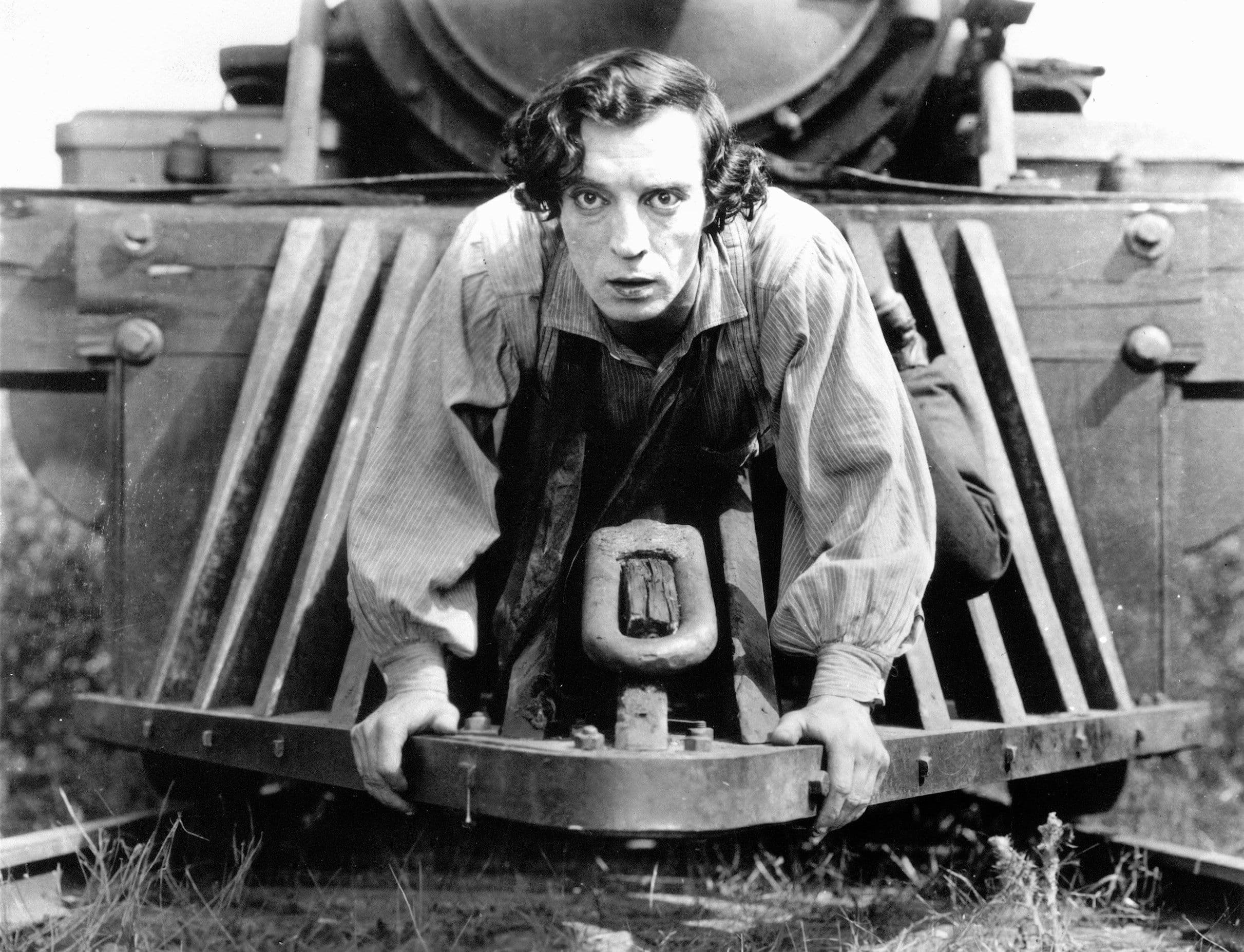
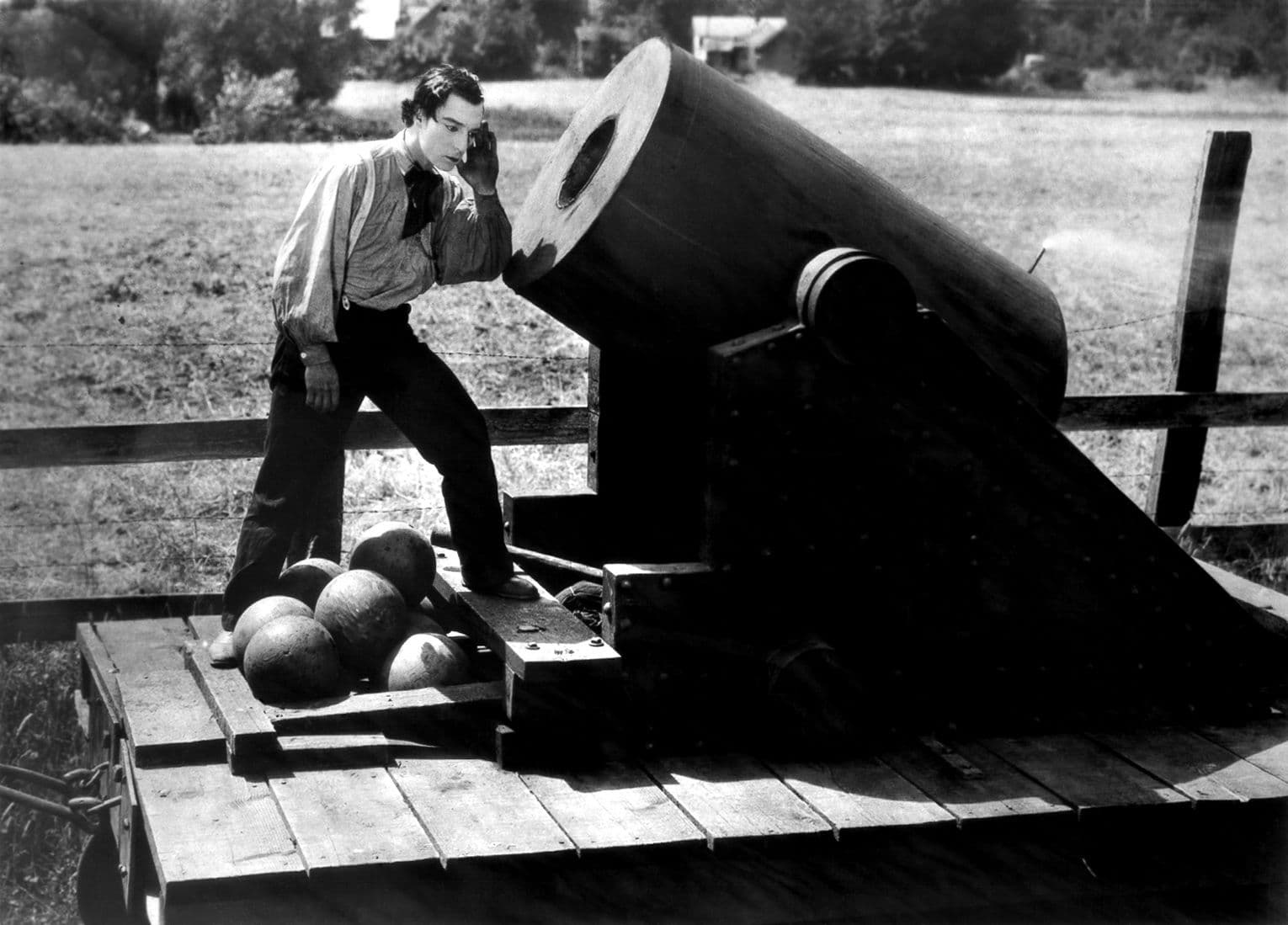

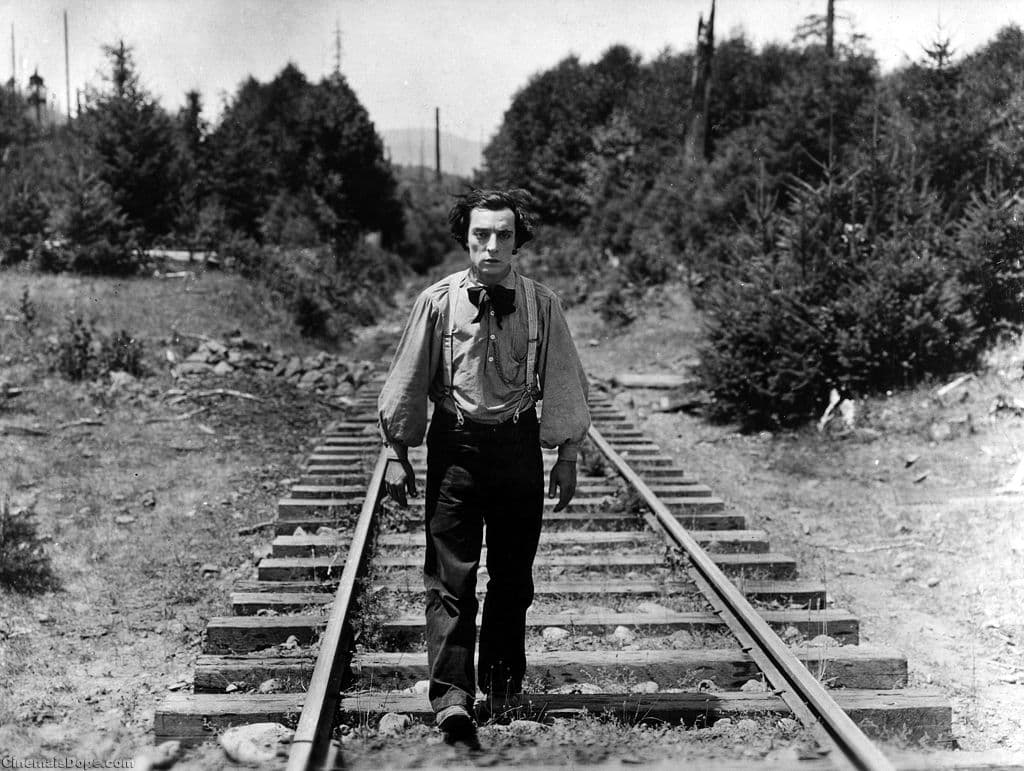
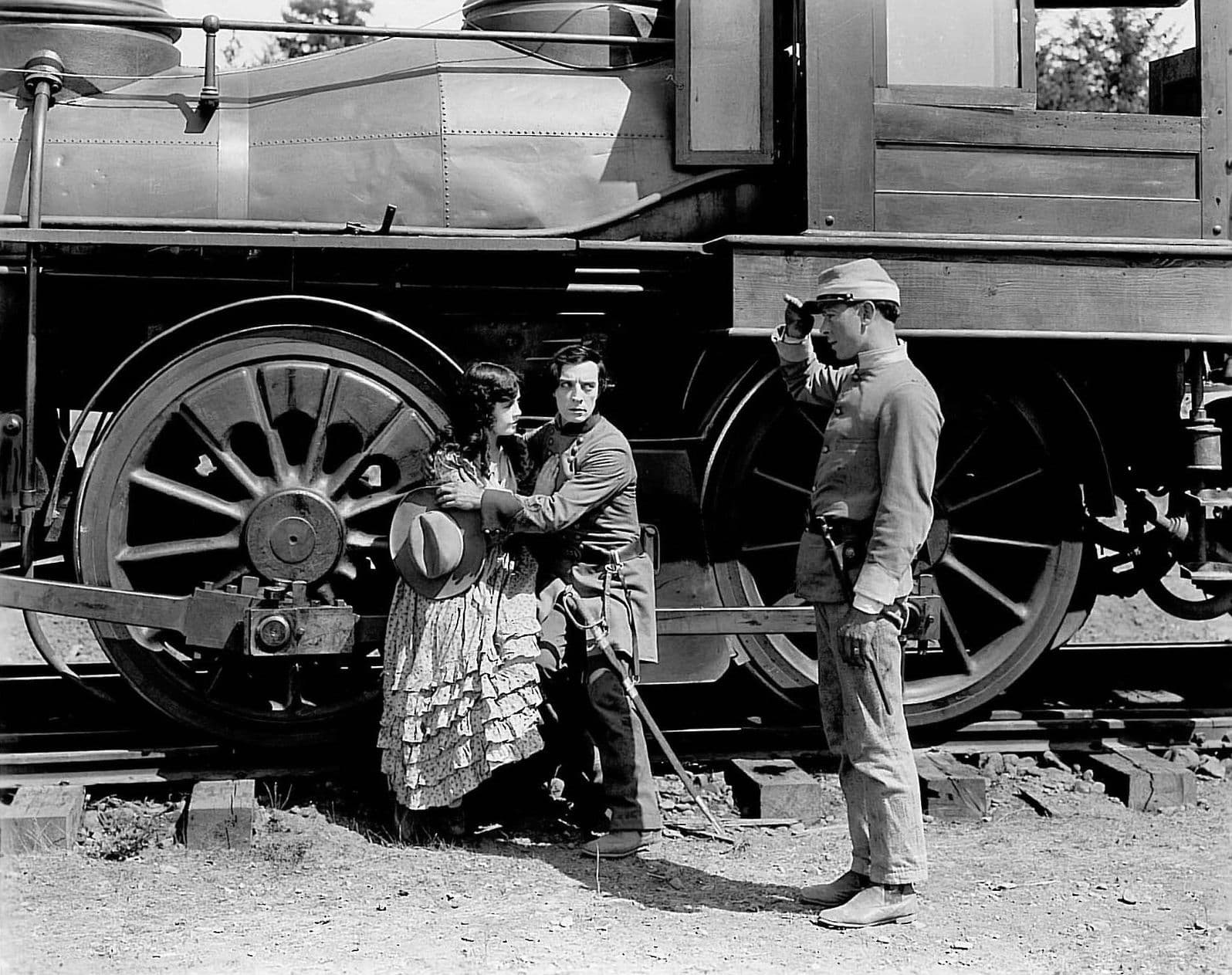
Comments
Loading comments...